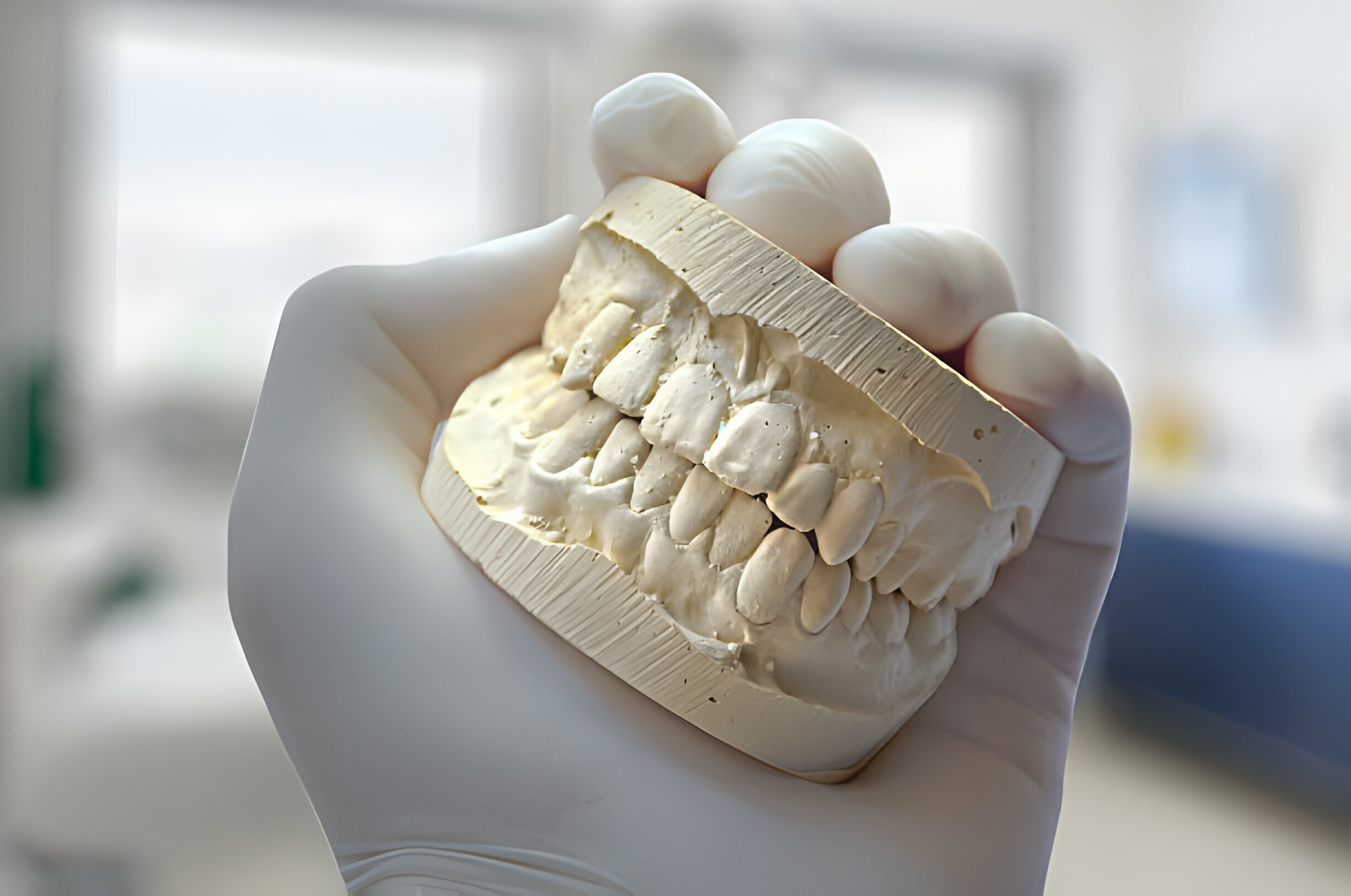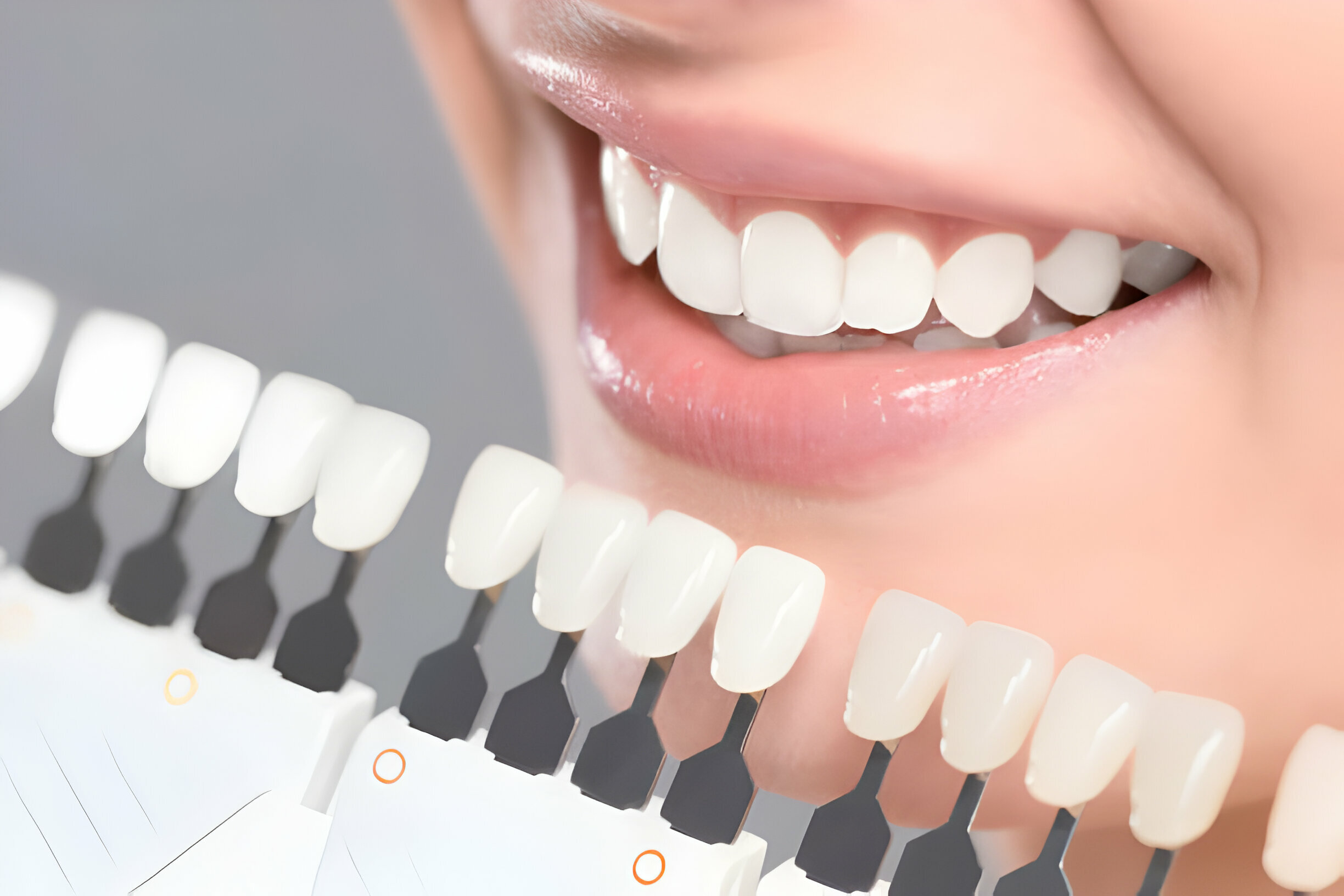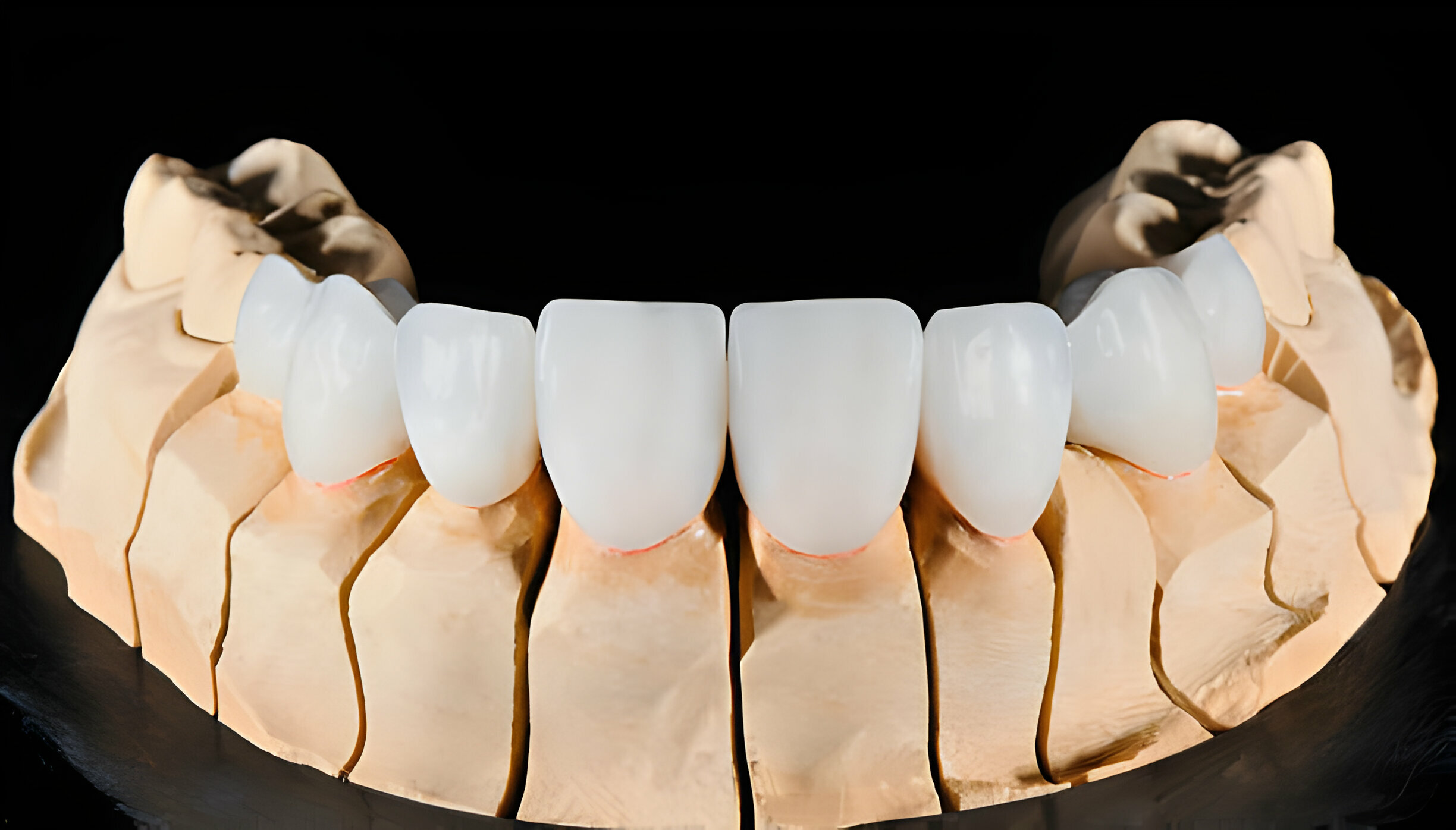Summary
Did you know?
Approximately 3.5 billion people suffer from dental problems and oral diseases of some type!
Tooth loss is a prevalent condition among most Americans today. While it might seem normal, losing a tooth or more can significantly damage oral health. This is mostly because individuals with chips, cracks, and cavities are highly susceptible to tooth loss in the long run.
However, thanks to restorative dentistry procedures, tooth loss incidents have steadily declined in recent years. Additionally, we have an option to repair missing or damaged teeth.

In this blog, we take a closer look at dental restorative procedures via options like:
- What Is Restorative Dentistry About?
- Basics of Restorative Dentistry – Procedures Explained
- Other Restorative Procedures in Primary Restorative Dentistry
- Advantages Of Restorative Dentistry Treatments?
Continue reading as we learn more about restorative dental procedures in the following sections.
What Is Restorative Dentistry About?
Restorative dentistry is a branch of dentistry that aims to restore or replace lost or missing teeth, primarily to enhance chewing function and overall oral health.
General dentists or family dentists help you enhance your smile with restorative dentistry. They examine your oral health and offer bridges, dentures, implants, and other dental restoratives to fix your smile.
But do you need restoration for your smile? Let’s find out in the next section.
Who needs restorative dentistry?
You may require restorative dentistry if you have:
- Cavities or dental decay
- Damaged or fractured teeth
- Missing teeth
Restorative dentistry is the most effective way to preserve good oral health over time. Your dentist can help you restore your smile to its full potential by repairing damaged or decayed teeth. This improves your ability to talk, chew, and eat.
Basics of Restorative Dentistry – Procedures Explained
Restorative dentistry falls into two categories based on your dental condition: basic and primary.
Basic restorative dentistry refers to a wide range of procedures to repair and restore teeth and gums’ health and function. These include tooth extractions, fillings, root canals, periodontal cleansing, and root planing.
Let’s learn more about these procedures in this section:

Fillings – What Does It Do?
Fillings restore structure and function to teeth that have decayed or developed cavities. They entail removing the decaying section of the tooth and replacing the gap with resin, gold, composite porcelain, or amalgam. Fillings prevent future deterioration while also restoring the tooth’s natural look and strength.
Root Canal Therapy
Root canal therapy is required when a tooth’s pulp becomes infected or inflamed due to extensive decay, fissures, or trauma. During a root canal operation, your dentist in Prairie Village, KS, removes damaged pulp while also cleaning, disinfecting, and sealing the inside of the tooth. This helps to relieve discomfort, save the tooth from extraction, and restore its function.
Tooth Extractions
When a tooth is severely decayed, diseased, or severely damaged beyond repair, your dentist suggests extracting the tooth. Additionally, extraction may become a necessity for overcrowding or impacted wisdom teeth. Dentists use several methods to extract the damaged tooth carefully while minimizing pain and protecting the surrounding tissues.
Periodontal Scaling and Root Planning
When left untreated, periodontal disease can result in major problems with your oral health. However, to keep such problems at bay, you can rely on non-surgical techniques called scaling and root planing that are effective in getting rid of germs, tartar, and plaque. These procedures help remove bacterial accumulation from the surfaces of the teeth and below the gum line. This aids in the removal of infection, lowering your inflammation, and encouraging gum repair and tooth attachment.
Other Restorative Procedures in Primary Restorative Dentistry
Dentures For Replacing Missing Teeth
Dentures are personalized prosthetic devices designed to replace lost teeth and surrounding tissues. Once you consult your dentist, they will suggest you two types of dentures, namely: partial and complete dentures.
Partial dentures are designed to replace some lost teeth while complete dentures replace all teeth. Dentures can assist in restoring the ability to eat, communicate, and preserve the facial shape, improving overall dental health and aesthetics.
Bridges To Replace One or More Teeth In Between
Dental bridges are permanent prosthetic devices that replace one or more lost teeth by attaching artificial teeth to surrounding natural teeth.
Bridges restore chewing capacity and speech while preventing the surrounding teeth from slipping out of position. What’s more, they also ensure you get the perfect alignment and bite.
Implants To Replace Tooth Root
Dental implants are biocompatible titanium posts surgically implanted in the jawbone to serve as prosthetic tooth roots. They provide a robust foundation for various restorations, including crowns, bridges, and dentures.
Implants also offer a long-lasting and natural-looking replacement for lost teeth, preserving bone structure and facial features while restoring oral function and aesthetics.

Advantages Of Restorative Dentistry Treatments?
1. It Helps Improve Your Chewing Function
Chewing is a complex balancing act that requires precise teeth, jaw, and tongue coordination. This ensures that the meal is properly ground and crushed before digestion. Poorly chewed food might lead to choking and digestive problems.
Excessive reliance on one side of the mouth due to discomfort from a broken tooth can make eating difficult. You can resolve this problem by having restorative dental operations.
2. It Helps to Reduce the Jaw Discomfort
Misaligned teeth can cause several dental disorders, including jaw discomfort, jaw muscle stiffness, chronic teeth clicking, and inadvertent gum biting.
In severe situations, the pain may even cause recurrent headaches and insomnia. Many restorative dental treatments can help straighten teeth and relieve discomfort.
3. Preserves the Structure of Your Bone
The best outcome for any dental operation is to preserve the tooth entirely or partially. Dental restoration treatments are specifically designed to retain the appearance and feel of your teeth.
Recovery Post Restorative Dental Procedure
The time required for recovery is determined by several factors, including the type of procedure, overall oral health, the number of teeth to be treated, etc. For instance, after having one cavity filled, a patient can immediately resume their normal routine.
On the contrary, a client undergoing dental implant therapy may require a longer time to heal. Talking to your dentist in person will help you determine the estimated recovery period prior to treatment.
When Should You Call A Dentist?
Consult your dentist in Prairie Village, KS, if your teeth are decaying, damaged, or missing. They can help you improve your smile’s health, function, and look.
You should also see your dentist on a regular basis for dental checkups and cleanings. In addition, it’s highly advisable to maintain appropriate dental hygiene at home in-between visits.
If you have a dental restoration that feels “off” or leaves a poor taste, contact your dentist immediately.
Takeaway
- Tooth loss is a prevalent condition among most Americans today.
- The time required for recovery is determined by a variety of factors, including the type of procedure, your overall oral health, and the number of teeth to be treated.
- Misaligned teeth can cause several dental disorders, including jaw discomfort, jaw muscle stiffness, chronic teeth clicking, and inadvertent gum biting.
- Still worried about the different restorative dentistry procedures? Allow our experts at Cope Dentistry to help you today!

